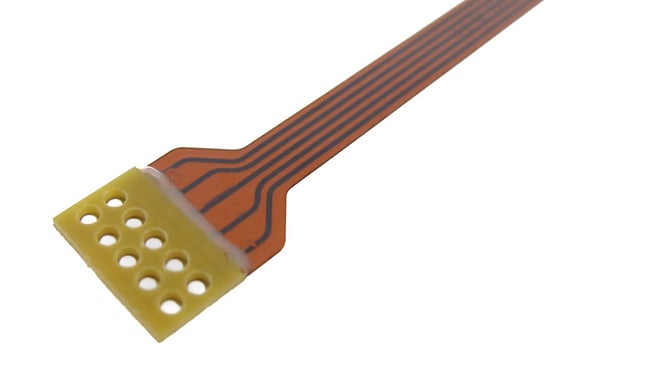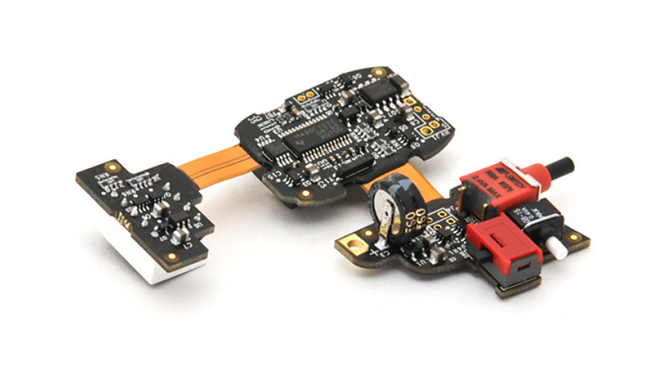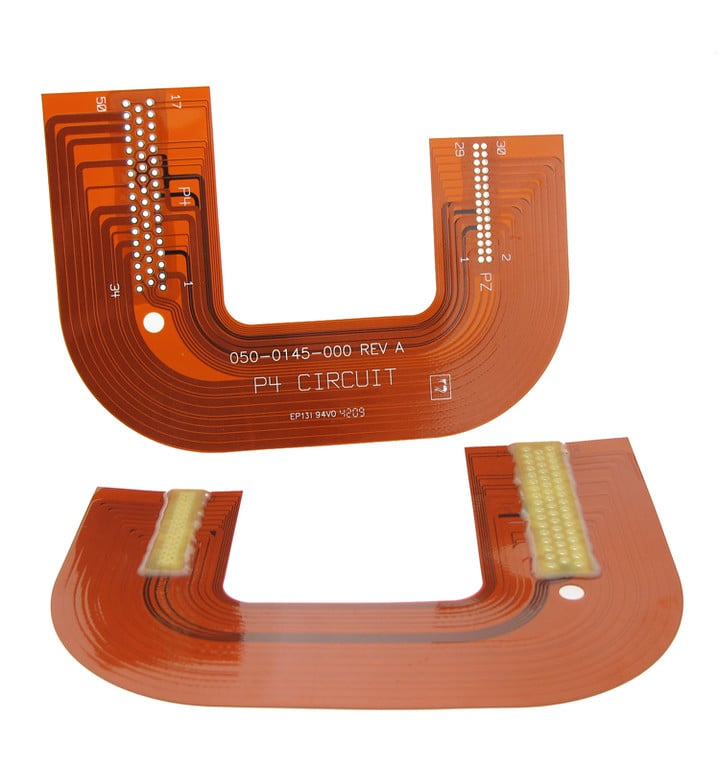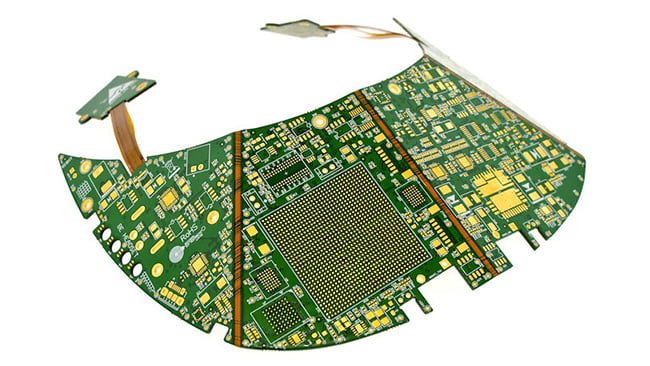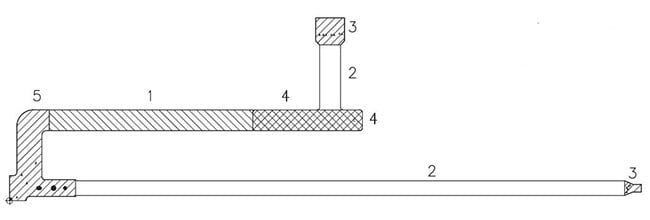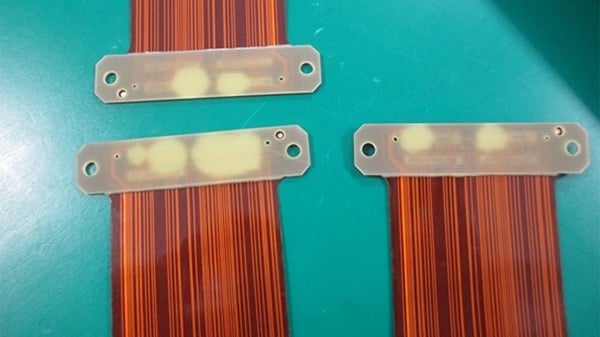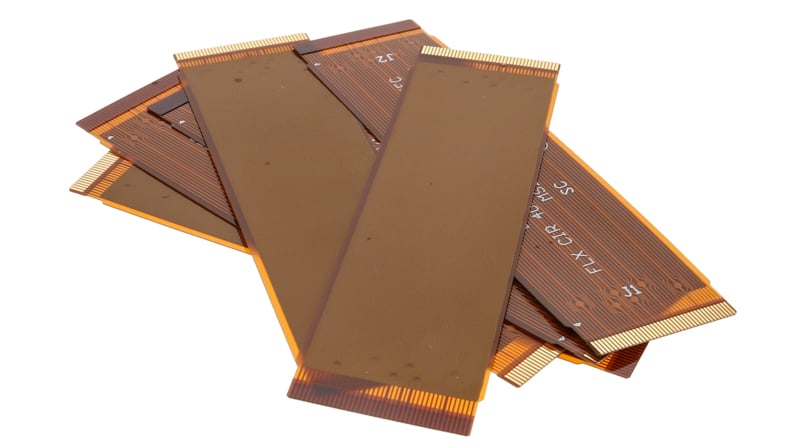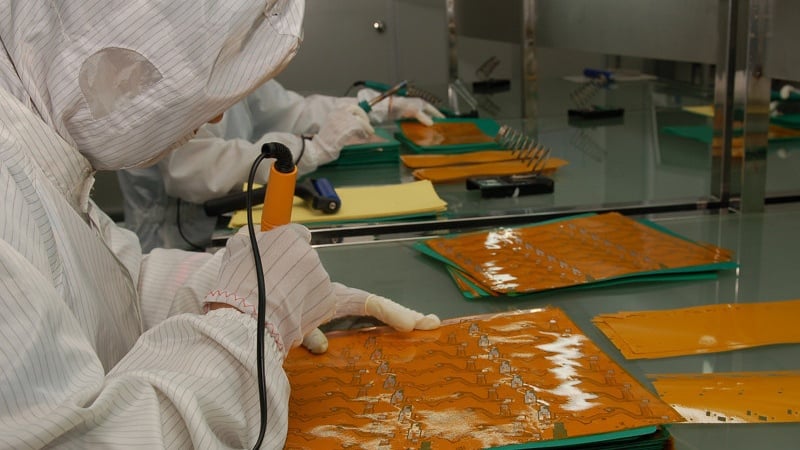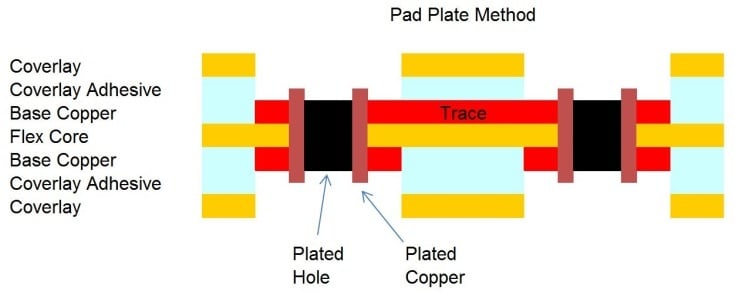When developing a flex PCB based design, one of the most common early decisions is whether a flex circuit with stiffener(s) will meet the design requirements or if a rigid-flex construction is necessary or more effective. While there is some overlap between the two methodologies, there are significant capability, performance, and cost differences that require review to ensure a successful design.
Paul Tome

Recent Posts
The integration of a flex circuit(s) with rigid PCBs into a rigid-flex configuration can solve many of today’s design challenges. The combination of the mechanical capabilities of flex circuits with the functionality of rigid PCBs is a solution that provides many benefits, including improved reliability, tighter packaging capabilities, high speed signal performance, reduced assembly costs, and opportunities for further overall design packaging reductions.
Stiffeners are a key design element in most flex designs and have a significant impact on both the performance and reliability of the finished flex circuits. As a result, stiffeners need to be fully and accurately defined in the data set. Not doing so may result in a finished part that does not meet your requirements.
Many of today’s rigid-flex circuit designs utilize the same high-density components found in rigid PCB designs. This requires the use of blind and or buried vias to allow the signal lines to be routed out from within the high-density components or the high-density areas of the design. The most common component that we see driving this today is the 0.4mm pitch BGA package.
The flex PCB stack-up documentation is an important component of the data set of a flexible printed circuit board design. It consists of a description of a flex or rigid-flex circuit board that defines in detail the specific material requirements and construction of the design.
Many electronics assemblies that utilize flexible printed circuit boards are sensitive to either absorbing or emitting electromagnetic interference (EMI). If EMI is left uncontrolled it can negatively impact the performance of the design and in extreme cases completely prevent it from functioning.
The pre-baking of flex printed circuit boards (PCB) immediately prior to assembly is an industry standard requirement that is documented in IPC2223 sec 5.3.5, IPC-FA-251 sec. 3.2.1.1.2 and by material suppliers (i.e. DuPont Pyralux Technical Manual sec. 5.23). This applies to all polyimide-based flex and rigid–flex designs. But why is pre-baking done prior to assembly, rather than earlier in the circuit board manufacturing stage?
When ordering flex circuit boards online, quick turn order delivery timelines can incur setbacks if the data set is either incomplete or if the design has technical issues. Technical issues can be related to either manufacturability or the end use of the parts. These issues then often require multiple communications to resolve and in some worst-case scenarios, extensive design revision. Any of these issues will of course delay the delivery of the finished parts.
Flex circuit suppliers come in a variety of different sizes and stages of financial integrity. Choosing the one that will perform the best for your requirements is an important element to the success of you application. Knowing what questions to ask your flex circuit supplier is essential in choosing who will be manufacturing your flex circuits.
For every flexible circuit board manufacturer, there are some key areas you should be aware of. While flex circuits have some similar characteristics to rigid printed circuit boards, they require very different approaches in the manufacturing process.


